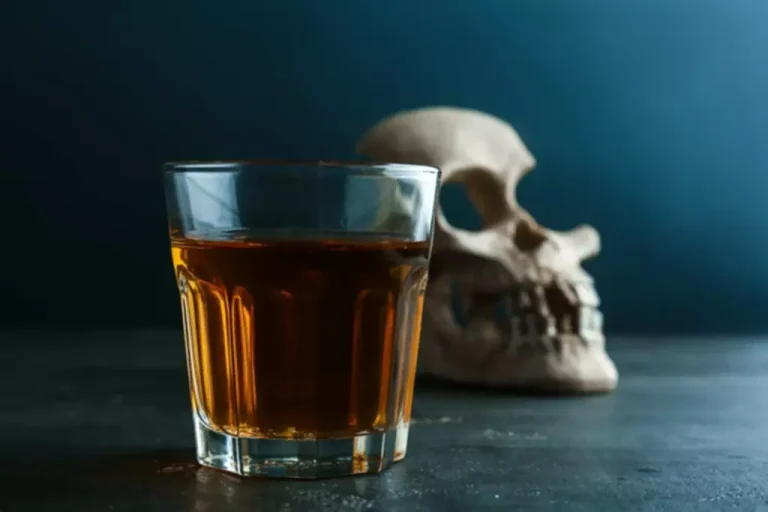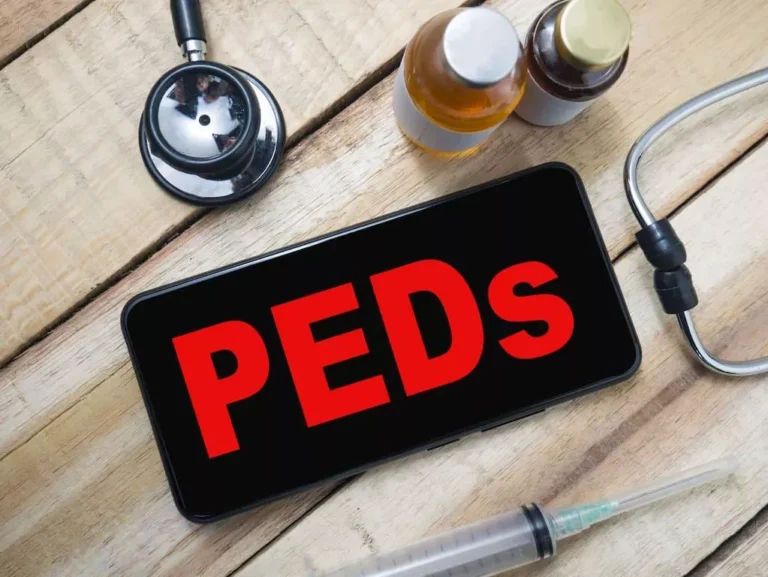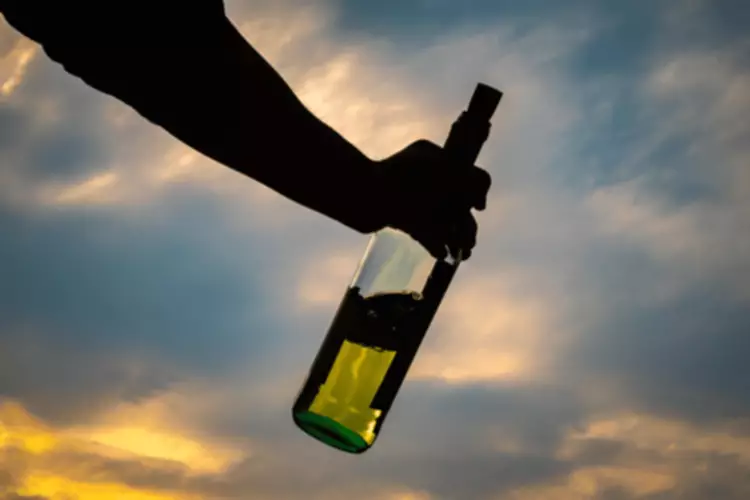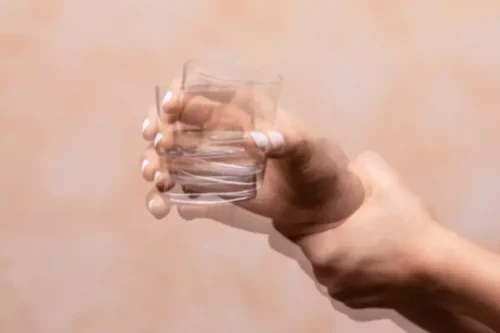
In his paper, relapsing OUD was blamed on the patient—rather than the limited treatments available. With support, Anne Milgram’s “One Pill Can Kill” could be an effective preventive message. Programs like the Office of National Drug Control Policy’s Drug-Free Communities, which have proven success reducing youth substance use, should be part of community evidence-based solutions. Official websites use .govA .gov website belongs to an official government organization in the United States.
Number of People in the U.S. Who Used Methamphetamine in the Lifetime from 2009 to 2016 (in 1,

North Dakota and Wisconsin are the two states with the highest rate of binge drinking, with 25.99% of people ages 12 and older reporting binge drinking in the past month.3 Nebraska, Vermont and Iowa also have high rates of binge drinking. The reported and predicted provisional counts represent the numbers of deaths due to drug overdose occurring in the 12-month periods ending in the month indicated. These counts include all seasons of the year and are insensitive to variations by seasonality.
- It is also illegally manufactured in forms that are sold on the street, sometimes mixed with other drugs.
- N.C. DHHS’ Division of Public Health collects data on overdoses and deaths in the state, and the most recent available numbers on confirmed overdose deaths involving opioids show that a record 3,395 fatalities were recorded in 2021.
- But in a pattern researchers say is common, Mable-Jones’ illness eventually eased.
- The tobacco smoking epidemic was reversed not by new treatments for nicotine use disorders, but public anti-smoking campaigns, legislation, and hefty taxation.
- Through this effort, SAMHSA can better achieve its vision that people with, affected by or at risk for mental health and substance use conditions receive care, achieve well-being and thrive.
How many people struggle with substance abuse?
- It’s crucial to prioritize efforts that reduce barriers to treatment, improve access to quality care, and provide long-term support for individuals in recovery.
- These drugs also have a high potential for abuse; this may or may not be due to addictive properties.
- The information provided is for educational purposes only and we encourage you to seek personalized advice from qualified professionals regarding specific financial decisions.
- Prescription drugs, like illicit drugs, can be misused for their effects.
Harm reduction is important but not a cure, as more than 20 percent of all opioid overdose decedents received naloxone but died anyway. NIDA has funded new treatment development and research on overdose, psychedelics, brain neuromodulation, neurosurgery, immunological treatment, and vaccines. Focusing on at least five years of methadone treatment makes harm reduction and treatment sense. The National Institutes of Health (NIH) awarded $344 million to fund the HEALing Communities study.
Alcohol and Drug Abuse Statistics (Facts About Addiction)
Likely reasons for these findings start with the opioid epidemic as a moving target. False dichotomy either/or thinking is another issue, as both prevention and harm reduction are crucial to saving lives. Trying to end or delay use is also an unacknowledged but viable strategy. Using data from the 2021 National Survey on Drug Use and Health (NSDUH), this report shows that 70 million adults aged 18 or older perceived that they ever had a substance use and/or mental health problem. For substance use specifically, of the 29.0 million adults who perceived that they ever had a substance use problem, 72.2% (or 20.9 million) considered themselves to be in recovery or to have recovered from their drug or alcohol use problem.
- Only adults were asked their sexual identity and the report does not present findings for transgender and non-binary people.
- Trying to end or delay use is also an unacknowledged but viable strategy.
- Some pointed to rapid improvements in the availability and affordability of medical treatments for fentanyl addiction.
- Rates of substance use, addiction, and related issues vary by age, gender, ethnicity, and other demographic classifications.
- Of those 108,490 deaths, 92% (100,105) were categorized as preventable drug overdoses.
Mental Health Effects
She also spent several years covering finance and insurance for various financial media sites, including LendingTree and Investopedia. For nearly a decade, she’s helped consumers make educated decisions about the products that protect their finances, families and homes. Nebraska has the lowest rate of opioid abuse in the country, with only 2.4% saying they had abused opioids in the year prior. Connecticut and Florida have the lowest rate of methamphetamine use; just 0.52% of residents self-reported usage in the last statistically available year.

In 2020, NSDUH began including web-based interviews in addition to traditional in-person household interviews. Jennifer Lobb is the lead insurance editor successful drug addicts at USA TODAY Blueprint and an experienced insurance and personal finance writer. News and World Report and deputy editor of insurance at Forbes Advisor.
Treatment Rates and Barriers to Accessing Care

“The trends are definitely positive,” said Dr. Keith Humphreys, a nationally respected drug policy researcher at Stanford University. “This is going to be the best year we’ve had since all of this started.” “This is exciting,” said Dr. Nora Volkow, head of the National Institute On Drug Abuse [NIDA], the federal laboratory charged with studying addiction. Travis Rasco in Upstate New York says he’s grateful he got enough time, enough chances and enough help to rebuild his life. Researchers say these hopeful findings are significant because they might inspire people to keep attempting recovery even after they endure multiple relapses. He was also able to convince his insurance company to pay for longer-term treatment.
Millions in federal grants to expand rural drug recovery services

Persons receiving OUD treatment without meeting OUD criteria in the preceding year were assumed to have had an active OUD (i.e., to have had symptoms meeting criteria for OUD) in the past and to have successfully treated OUD with continued treatment. Respondents needing but not reporting OUD treatment in the previous year were asked whether they sought or thought they should receive OUD treatment; affirmative responses were coded as perceiving need for treatment. Receipt of OUD treatment was defined as receiving treatment for OUD or receiving treatment for an unspecified SUD along with reporting opioid use, with the assumption that the unspecified SUD was OUD. Receipt of medications for OUD was defined as taking medication in the past year prescribed to help reduce or stop opioid use (e.g., buprenorphine, methadone, or naltrexone).

